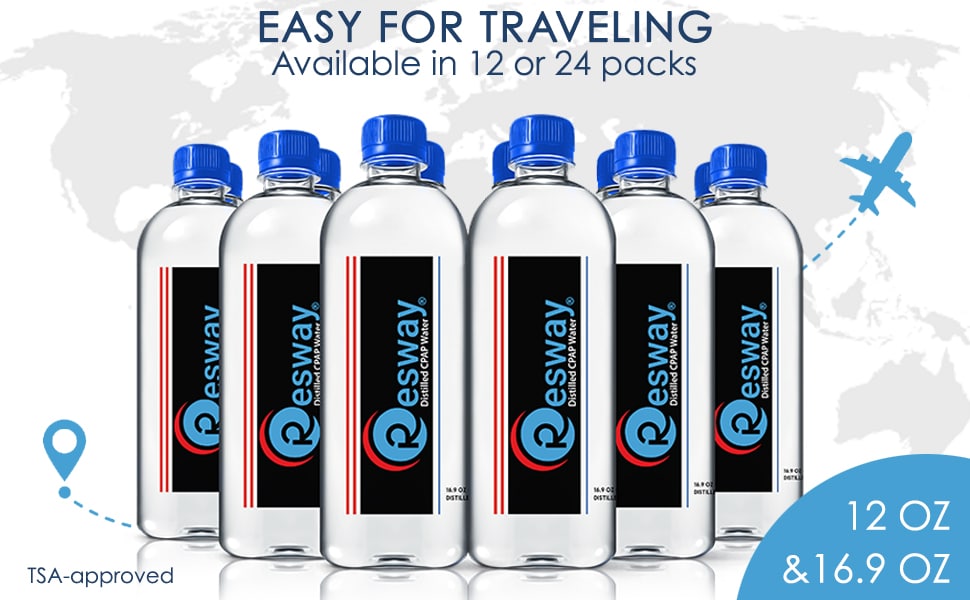Do you intend to air travel with your CPAP machine and CPAP water on board an airplane? With the ever-changing nature of current technology, why should you be restricted to your house simply because you use a CPAP device? There’s absolutely no reason!
Download Your TSA CPAP Travel Guide and Checklist

The TSA allows travelers to carry water on an airplane if they have a medically necessary device like a CPAP machine.
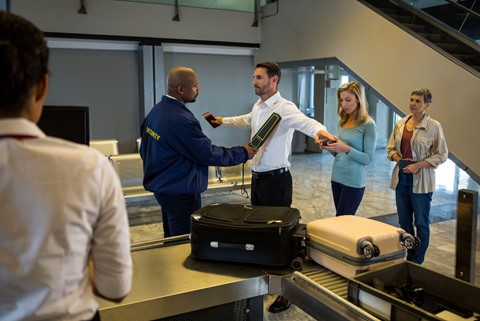
Traveling with a CPAP, BiPAP, or APAP machine in your carry-on bag is permitted but may delay the screening process a bit. TSA officers will scan it with an X-ray machine and may perform a complete visual inspection or test the item for possible explosives. Carry a copy of your doctor’s CPAP prescription with you.
In this blog post, you will learn the rules of TSA about bringing the continuous positive airway pressure machine and water on an airplane. We will teach you the necessary medical devices and provide detailed information about the TSA Cares program.
So, let’s begin, shall we?
TSA Rules for Carrying Distilled Water Onboard
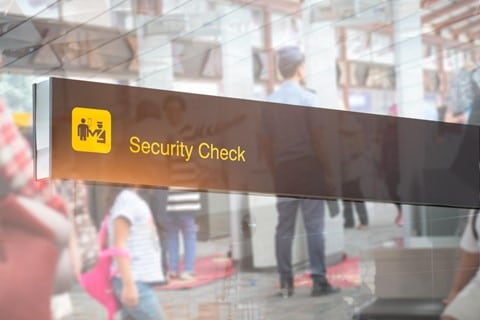
When packing a carry-on bag, always keep in mind the 3-1-1 liquid rule.
- 3.4 ounces
- 1 Quart Sized Bag
- 1 Bag Per Passenger
3-1-1 liquids rules exemption
The TSA authorizes acceptable quantities of medically essential liquids, gels, and aerosols for your travel, but you must declare them to TSA personnel at the checkpoint for examination.
Take them out of your bag and have them screened separately. It is not necessary to put your liquid medication inside a zip-top bag. If a liquid, gel, or aerosol is designated as a medically required alert, it may be subject to further screening and may not be permitted.
Can you bring CPAP distilled water to your carry-on?
Only if under 3.4 oz or medically necessary. According to the TSA, consumables like bottled water must follow the rules when packed in a carry-on. So, you may not bring a filled water bottle that weighs more than 3.4 oz. (With a few exceptions) passed security.
If you bring water in a reusable bottle instead of bottled water, you likely won’t get away with filling the container up to only 3.4 oz. of water. TSA security will require you to dump the bottle and scan it through the checkpoint once it is empty.
Is the TSA liquid regulation applicable to checked luggage?
Checked luggage is exempt from the TSA 3-1-1 rule. However, certain limits exist on the type of water transported in checked baggage. You may need to get a license for specific commodities at some point.
What about bottles that appear to contain less than 3.4 ounces?
Ultimately, the size is determined by what is written on the bottle. So, bottles like these would not be clear to go through the checkpoint. They must be placed in checked baggage.
Checklist Before Traveling with a CPAP or BIPAP
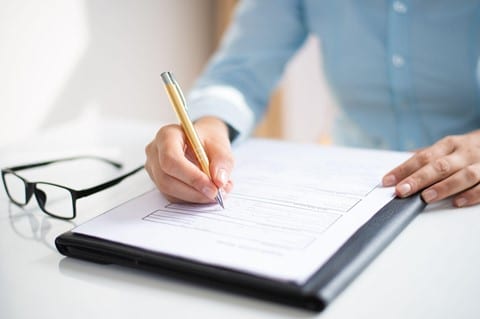
Many CPAP users travel by plane, so the TSA’s procedures for screening CPAP machines and accessories are essential. Unfortunately, there are a lot of poorly trained TSA agents that do not know the rules.
CPAP users can often have their machines and accessories needlessly inspected or confiscated. To help travel CPAP machine more efficiently, we have created a downloadable file that CPAP users can give to TSA agents.
The file contains information on which CPAP and BIPAP machines and accessories are allowed through security and how to screen them properly. We hope this file will help educate TSA agents and make traveling with a CPAP machine easier for everyone.
Download Your TSA CPAP Travel Guide and Checklist

What Qualifies as a Medically Necessary Device?
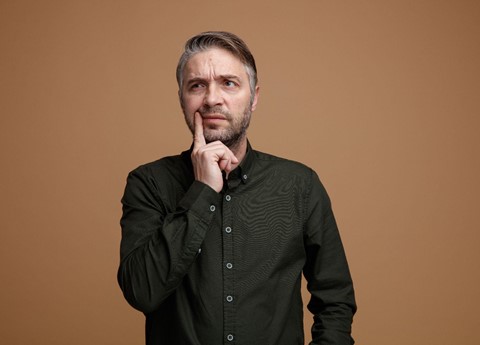
The TSA’s policy on medical devices is straightforward: “Individuals with disabilities or medical conditions who utilize medical equipment should not consider a Transportation Security Administration (TSA) checkpoint to be a barrier to travel.”
The TSA implements federal legislation that requires passengers to be permitted to use a medical device on aircraft.
Below is the list of qualified medically necessary devices:
- CPAP Machine
- Nebulizer
- BIPAP
- APAP
- Portable Oxygen Concentrators
- Inogen One
- Types allowed onboard the plane
- Sequel Eclipse
- Airsep Lifestyle
- Breast Pump
- Insulin Pump & Glucose monitors
- Blood Sugar Test Kit
- Ostomy Pump
- EpiPens
- Crutches
- Contact Lens Solution
- Inhalers
- Wheelchair
Medically necessary items are not subject to limitations. You should still carry all the necessities for your flight, as delays are possible.
Detailed Information About TSA Cares
What is TSA Cares?
TSA Cares is a helpline that provides travelers with disabilities, medical conditions, and other particular circumstances, as well as their loved ones, who wish to prepare for the screening procedure before traveling.
When did TSA Cares first appear within the TSA?
The Transportation Security Administration introduced TSA Cares in 2012. The traveler is then met at security by a highly trained TSA agent, a “passenger support specialist,” who guides them through the screening procedure.
Who is eligible for TSA Cares?
The program is generally open to passengers who believe they would benefit from extra support while navigating security and is available nationwide. People with autism, those with a wheelchair or scooter, travelers with cognitive difficulties, and passengers with diabetes are among the most prevalent requests.
What happens when a disabled or medically ill traveler contacts TSA Cares?
A representative will help the traveler by providing information on screening relevant to the passenger’s specific disability or medical condition or referring the passenger to TSA disability experts. TSA suggests that travelers call approximately 72 hours before their flight so that TSA Cares can organize checkpoint help with a TSA Customer Service Manager at the airport if required.
Download Your TSA CPAP Travel Guide and Checklist

The Benefits of Carrying Distilled Water on Board
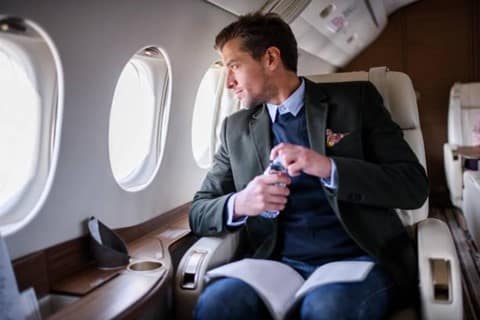
Keeping a small supply of distilled water in your carry-on bag will come in handy if you need to use your CPAP during the journey or shortly after landing. You can also bring more than that in your checked baggage.
Below is a list of benefits of carrying distilled water on board.
- You are saving the environment by not buying another bottle of water at the airport.
- Carrying your water saves you a dollar because beverages at the airport are expensive.
- Once you reach your destination, you don’t have to find a local store to buy it.
- You can use your CPAP device in flight, so you can also use CPAP water.
- You will also not have to wait for the flight attendants to deliver refreshments to your seat or get up to request water.
Related Article: CPAP Distilled Water: How Much Does It Cost?
The 4 Best CPAP Machine Transport Tips

Just because you’re about to board an airline doesn’t mean you should skip sleep apnea CPAP therapy. Most modern CPAP machines and practically all portable CPAP machines are FAA-approved for use in aircraft.
Here are some extra tips for CPAP users traveling by plane.
TIP #1: Always carry a copy of your CPAP prescription. Although you may not need it, it will be a great help in any case. It is also a good idea to have it on hand if you need new parts or supplies while traveling. Printing a copy of your prescription and a copy of your FAA compliance notice is a brilliant idea. Here’s a ResMed example of a Travel Compliance Letter.
TIP #2: When you arrive at airport security, let the Transportation Security Administration agents on duty know that your CPAP machine is with you. You will need to take your machine out of its case and place it in a plastic container to be checked. Yet, you can also keep your CPAP mask and hose in the case. To protect your CPAP machine from germs, place it in a clear plastic bag.
TIP #3: If you need extra help getting through airports with your CPAP, you must contact the TSA Cares program and your chosen airline. The TSA will assist you through security, and your airline will help you with the rest of your flight.
TSA can be reached at (855) 787-2227 between the hours of 8 a.m. and 11 p.m. (ET) Monday through Friday or between the hours of 9 a.m. and 8 p.m. (ET) on weekends and holidays. You may also use the TSA Cares form provided online at https://www.tsa.gov/contact-center/form/cares.
TIP #4: Buy a portable CPAP with waterless humidification. Travel CPAP machines are an excellent advantage if you are a frequent traveler. HumidX technology in the AirMini uses moisture from your breath to humidify your airflow. This saves you the hassle of carrying extra water.
Conclusion
If you’re planning on traveling with a CPAP machine, you must know the TSA rules and regulations. Understanding what qualifies as a medically necessary device and tips on flying with your CPAP water and bringing it in your carry-on luggage can help make your travel experience smoother.
Our team is here to assist you if you have any questions or need help packing your machine. Make a discovery call today to learn more about our products and services. Thanks for reading!
So, what are your takeaways from this blog post? Comment down below!




